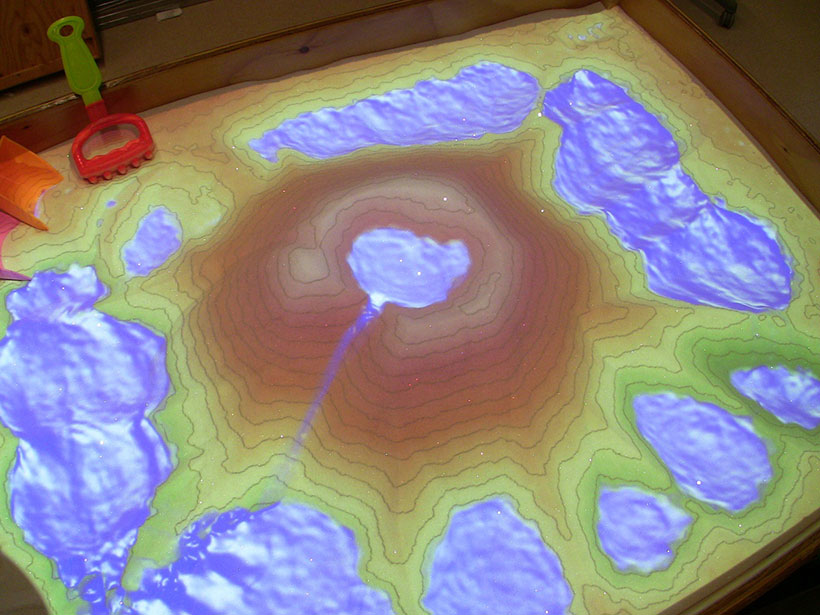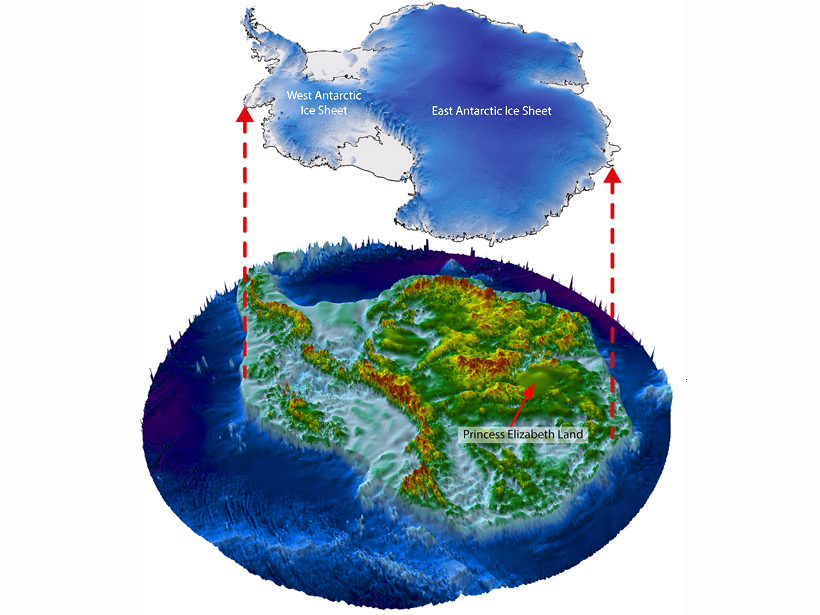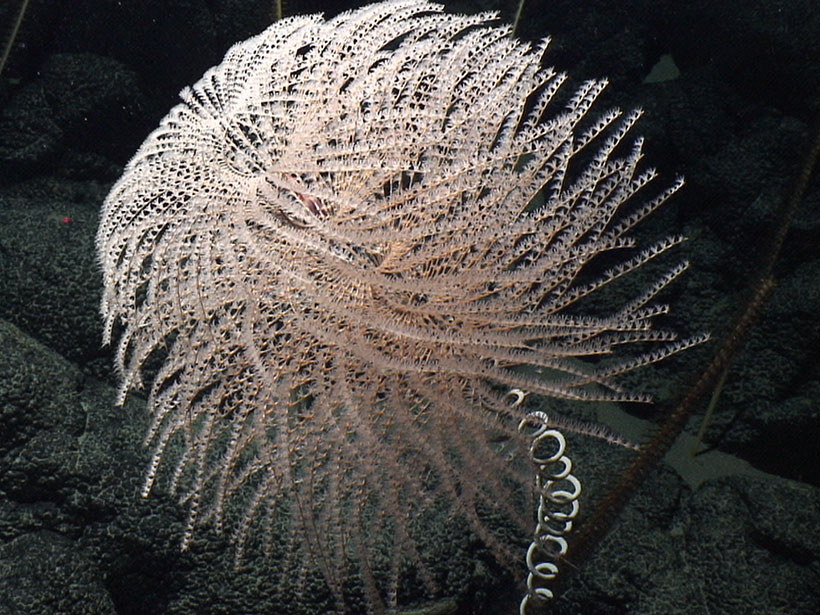Alison R. Duvall will receive the 2016 Luna B. Leopold Young Scientist Award at the 2016 American Geophysical Union Fall Meeting, to be held 12–16 December in San Francisco, Calif. The award recognizes "a young scientist for making a significant and outstanding contribution that advances the field of Earth and planetary surface processes."
landscape & topography
Reconstructing Catastrophic Floods on Earth and Mars
A new theoretical model suggests that ancient floods that carved canyons on Earth and Mars may have been much smaller but lasted longer than previously thought.
Augmented Reality Turns a Sandbox into a Geoscience Lesson
Superimposing responsive digital effects onto sand in a sandbox places educators, students, and policy makers in an augmented reality, offering a hands-on way to explore geoscience processes.
Earth Fissures May No Longer Get Mapped in Arizona
A program that monitors giant cracks in the ground that suddenly appear after heavy rain could become a casualty of budget cuts to the Arizona Geological Survey.
Permafrost Area Is Sensitive to Key Soil and Snow Physics
Accounting for key soil and snow variables shows a much higher impact on simulated permafrost area than uncertainties in land cover and climate data.
What Makes the Ground Suddenly Pop?
A geological feature in Michigan’s wooded Upper Peninsula has scientists scratching their heads.
Antarctic Ice May Harbor Huge Network of Canyons
Scientists saw hints in satellite data of dramatic geologic features under thousands of meters of ice in a little-probed part of East Antarctica. Now they are using airborne radar to explore further.
New Commission Aims to Protect Volcanic Geoheritage
Volcanic landscapes and regions provide valuable opportunities for scientific research, education, and sustainable geotourism, in addition to iconic scenery.
New Insights from Seafloor Mapping of a Hawaiian Marine Monument
New surveys help untangle the complex geologic history of the Hawaiian Archipelago and provide hints about where to seek marine life.
"Knobby Terrain" a Sign of Mars's Explosive Past
Newly identified knobby terrain related to ancient volcanoes on Mars hint that pyroclastic ash and rock flowed down slopes early in the red planet's history.









